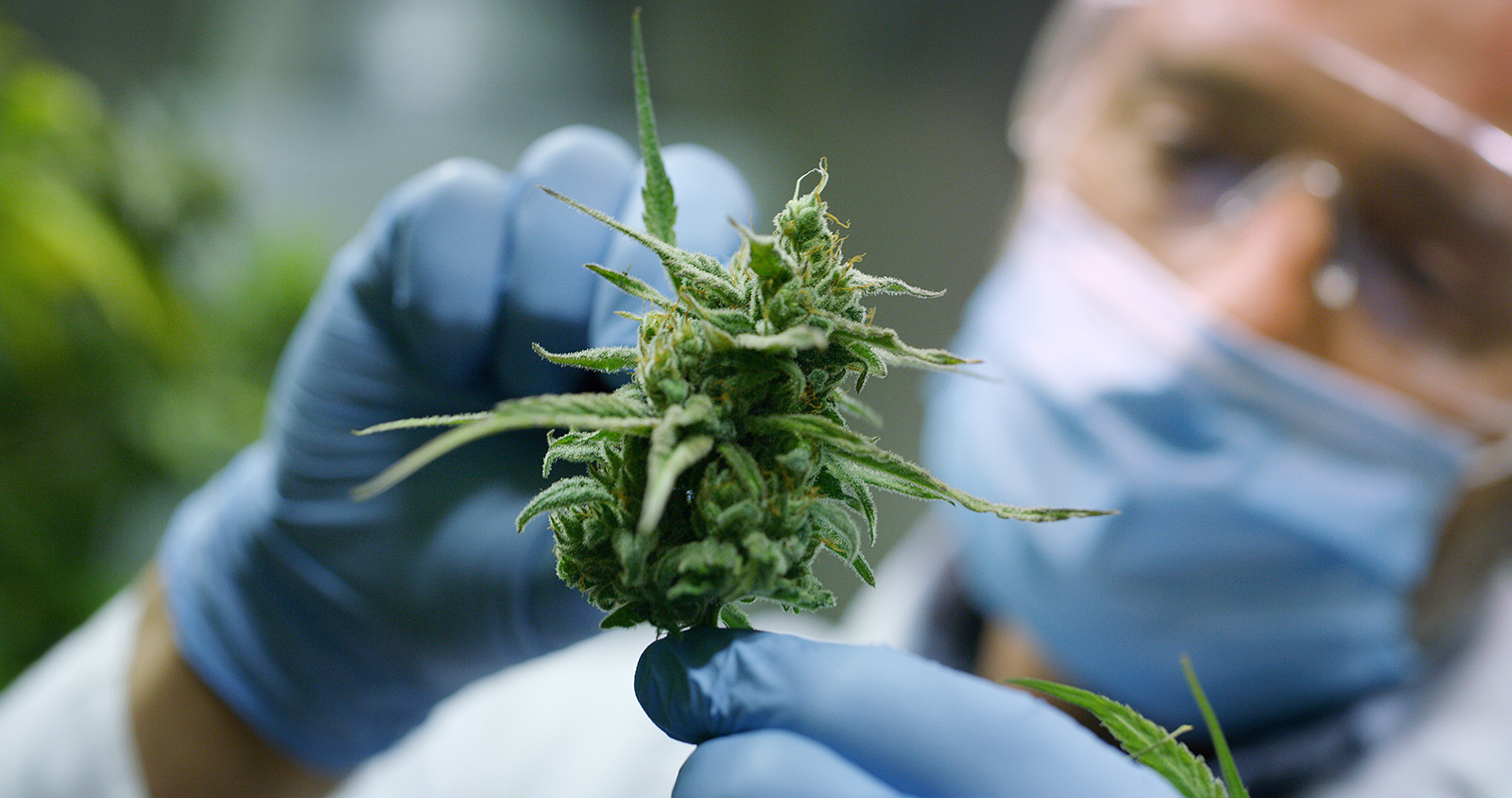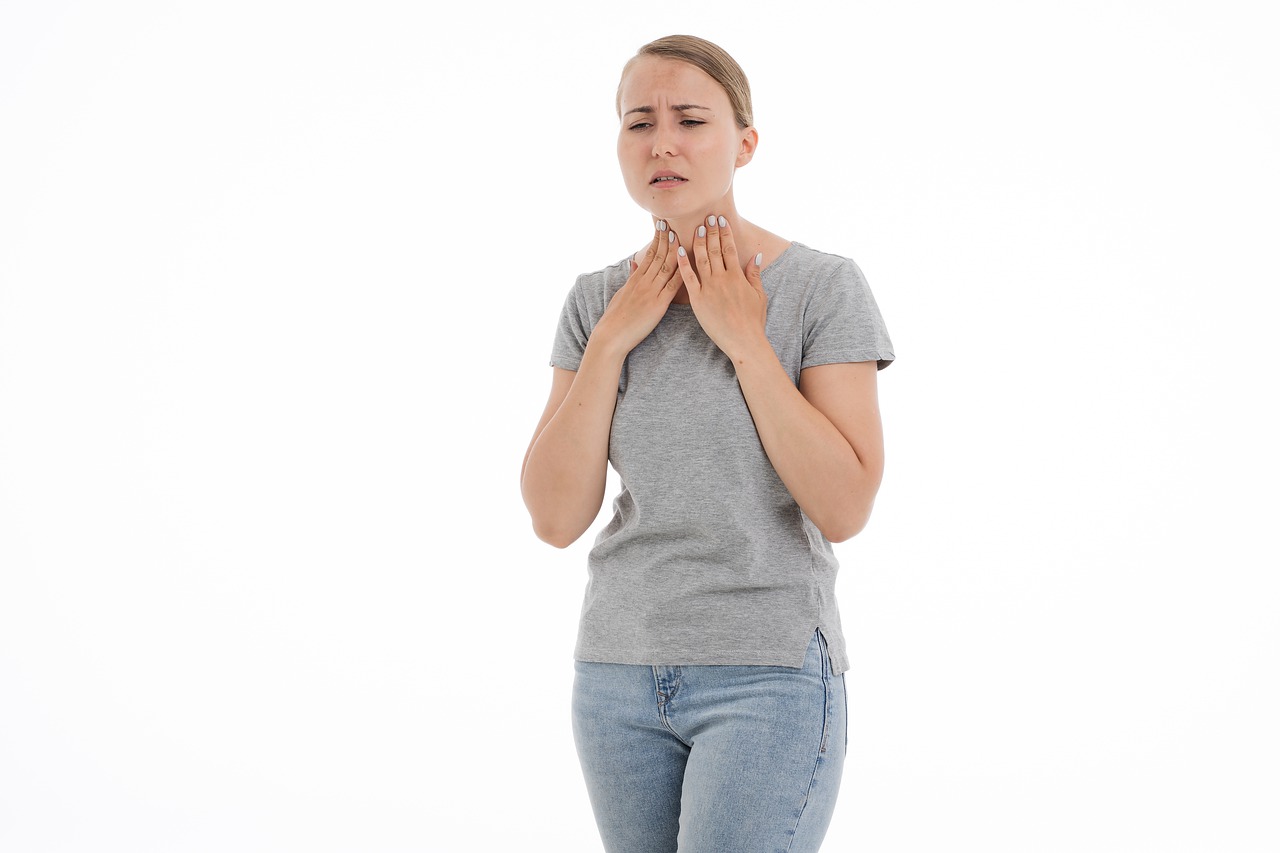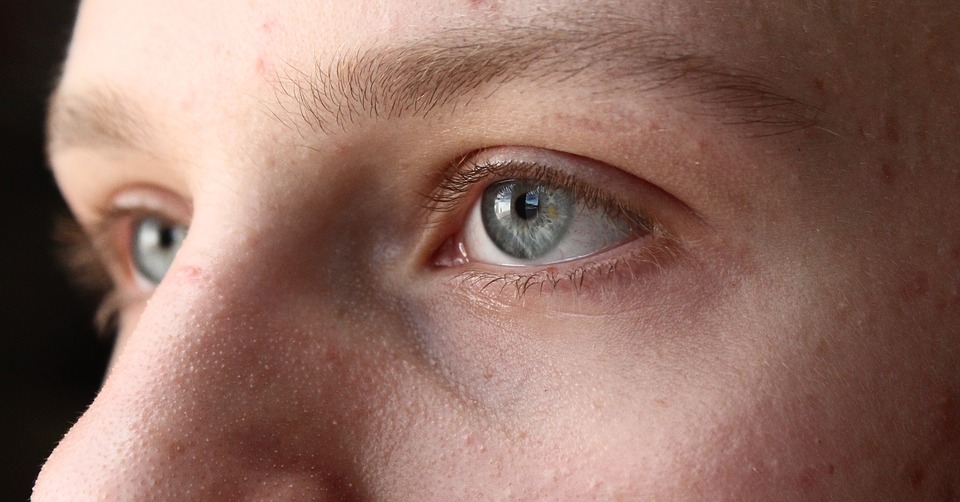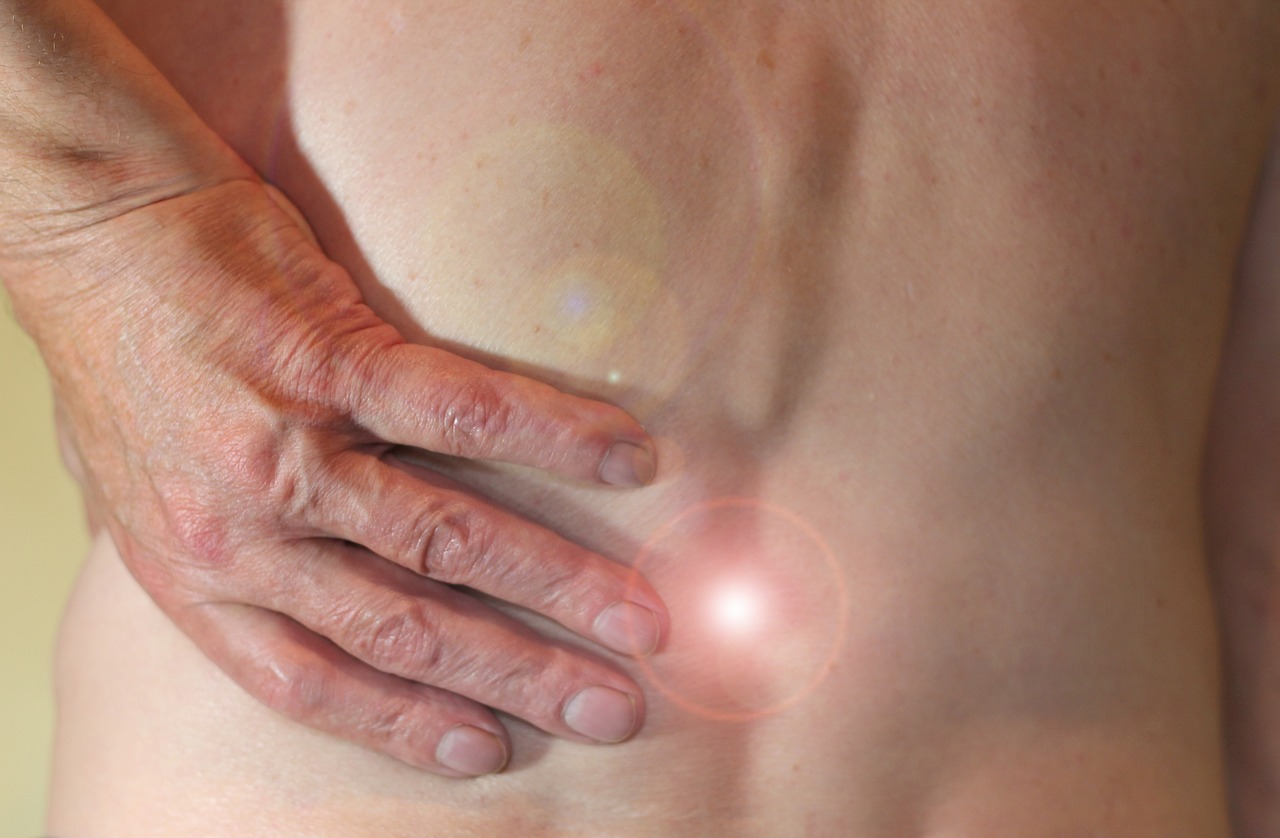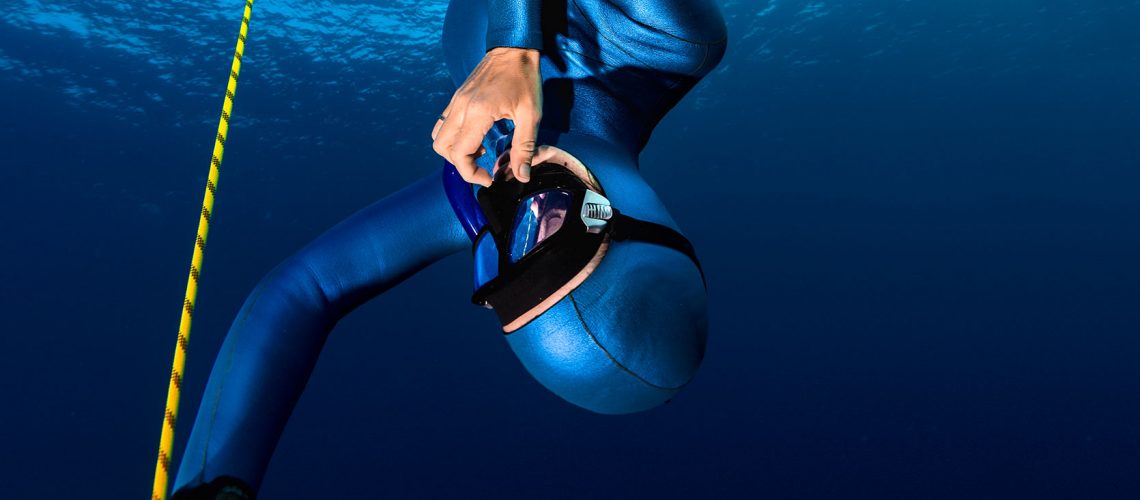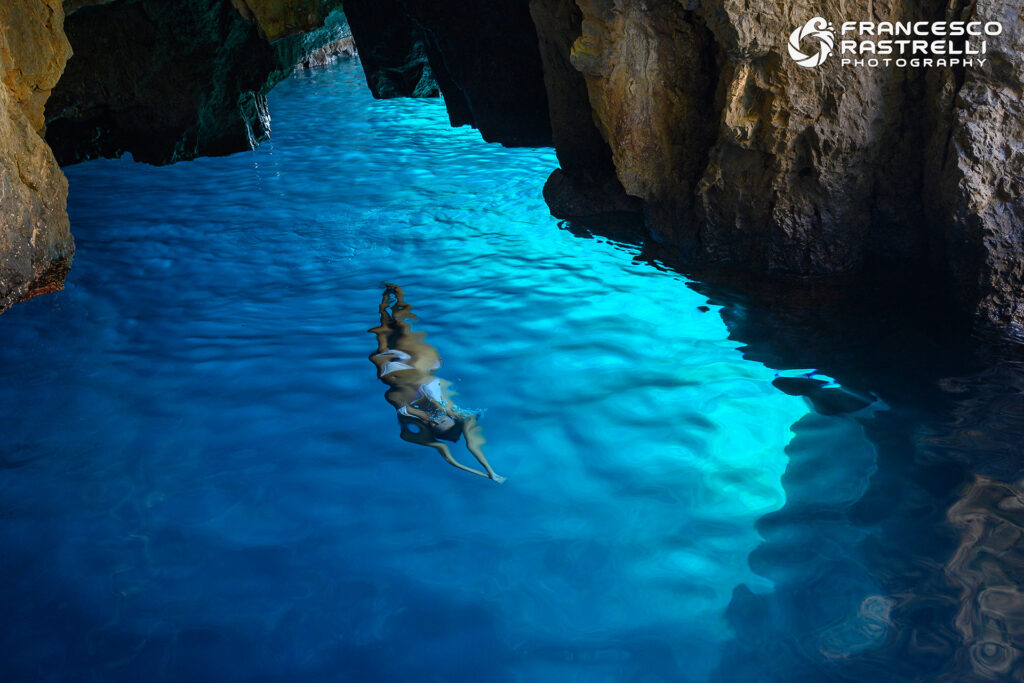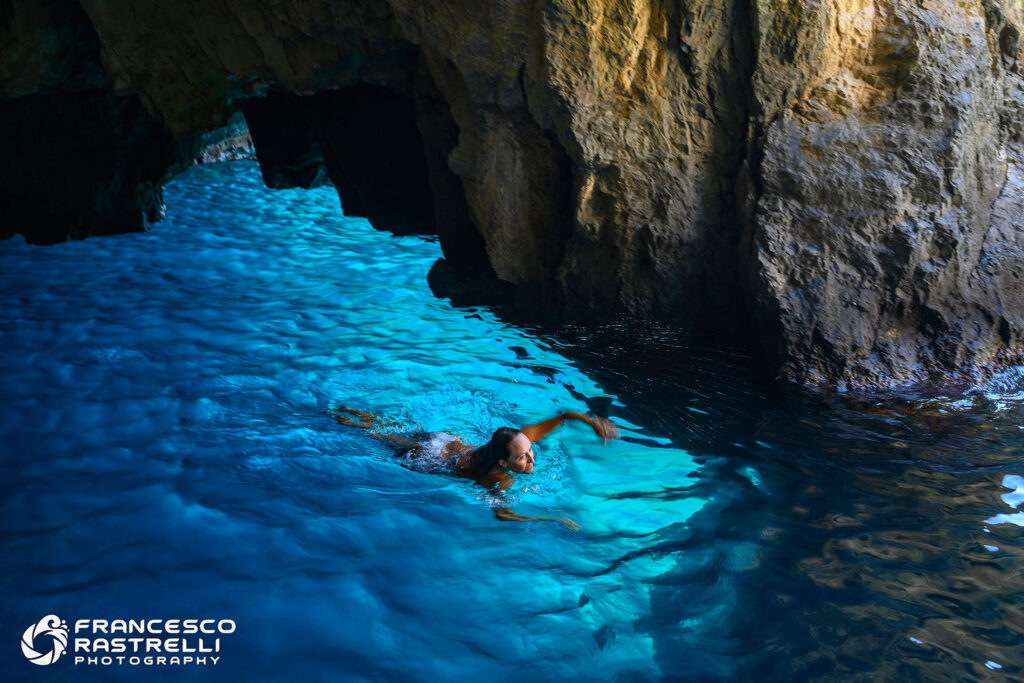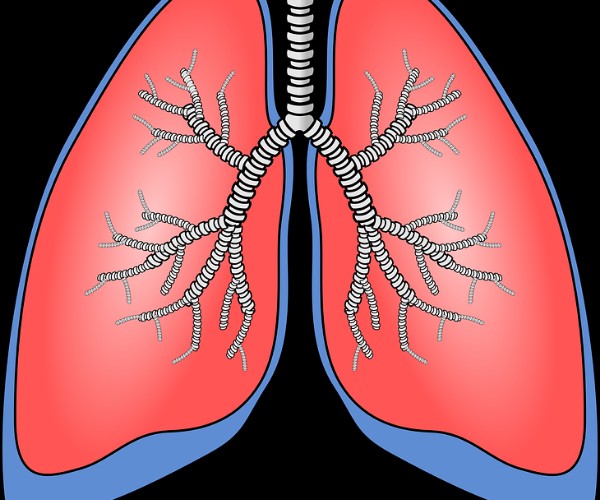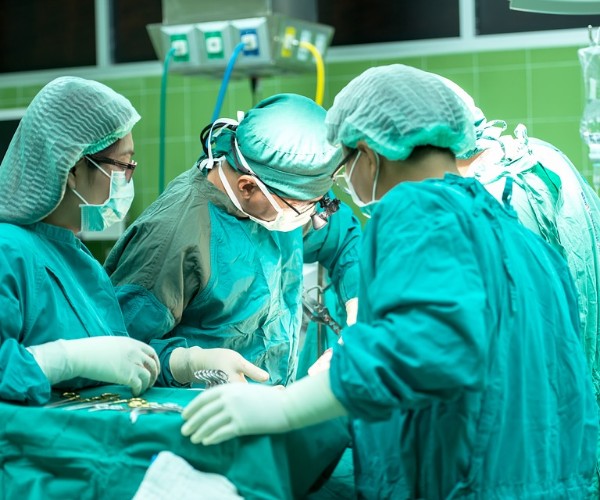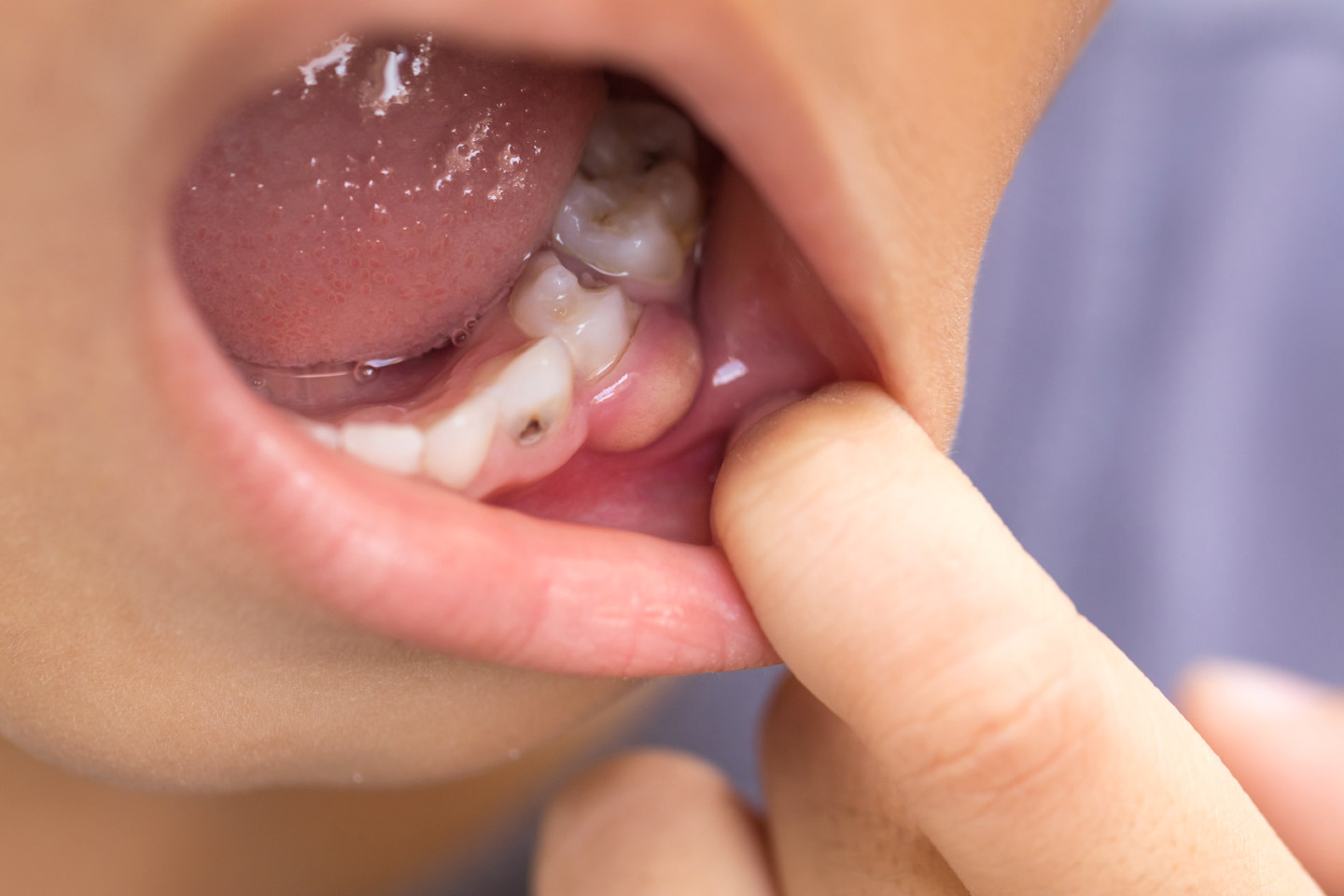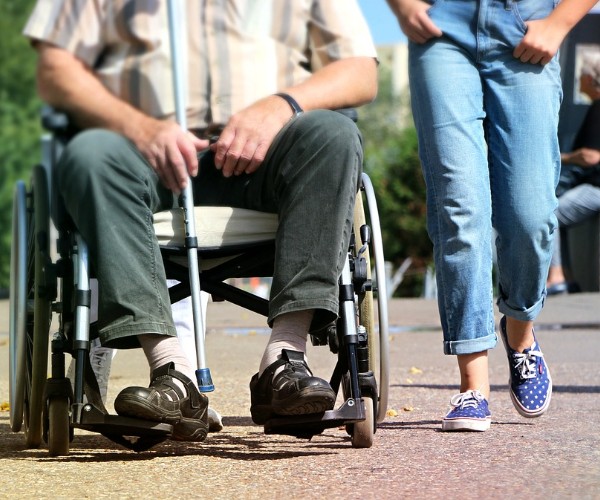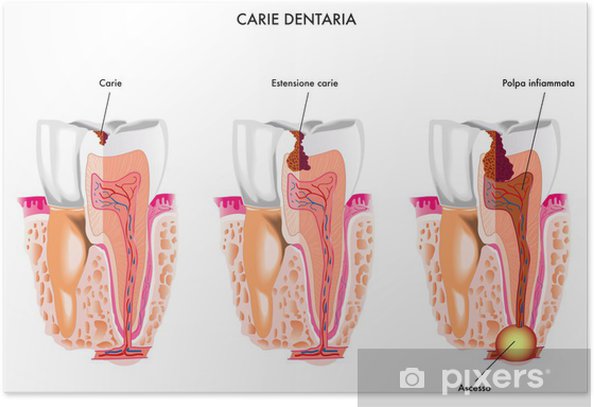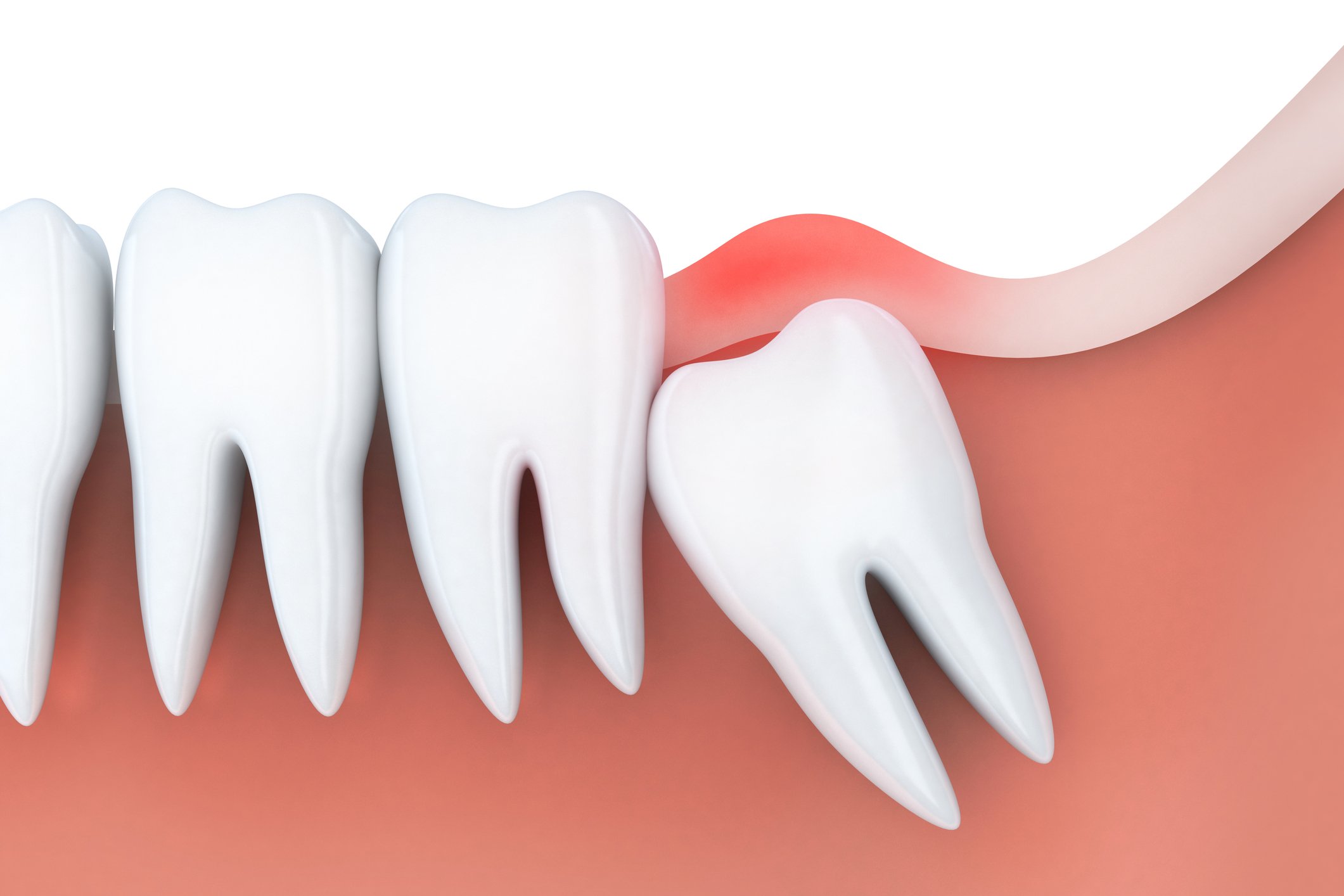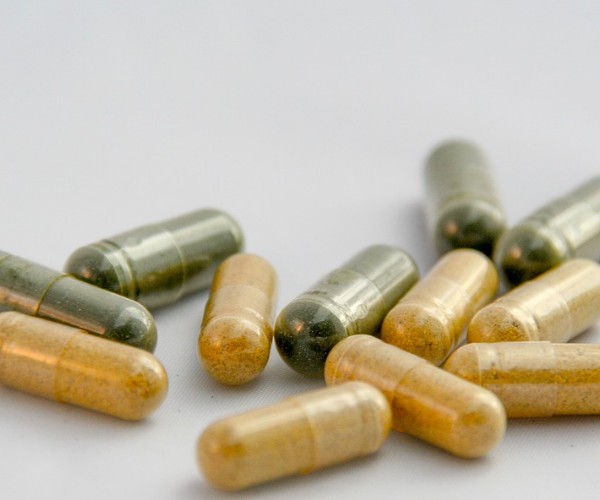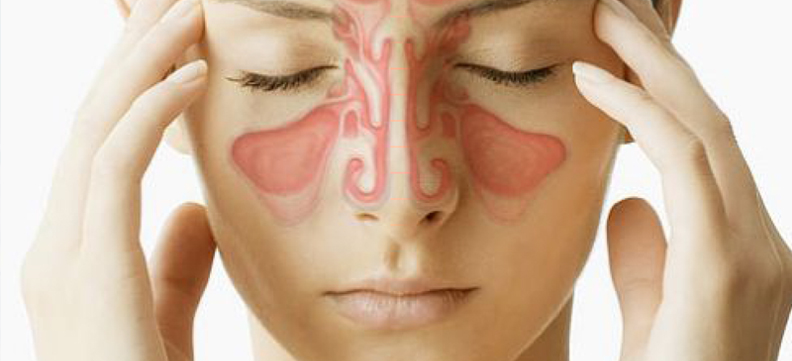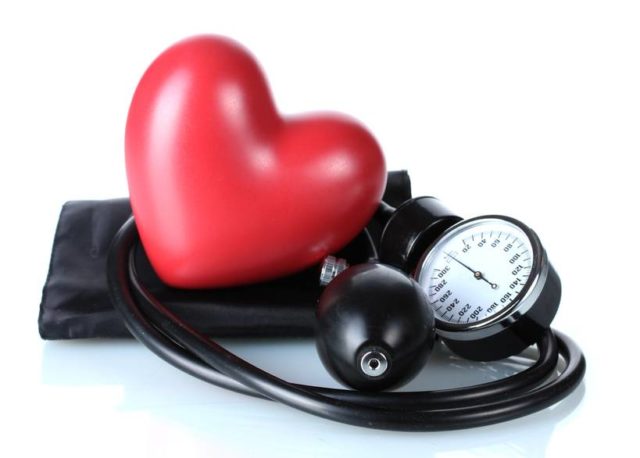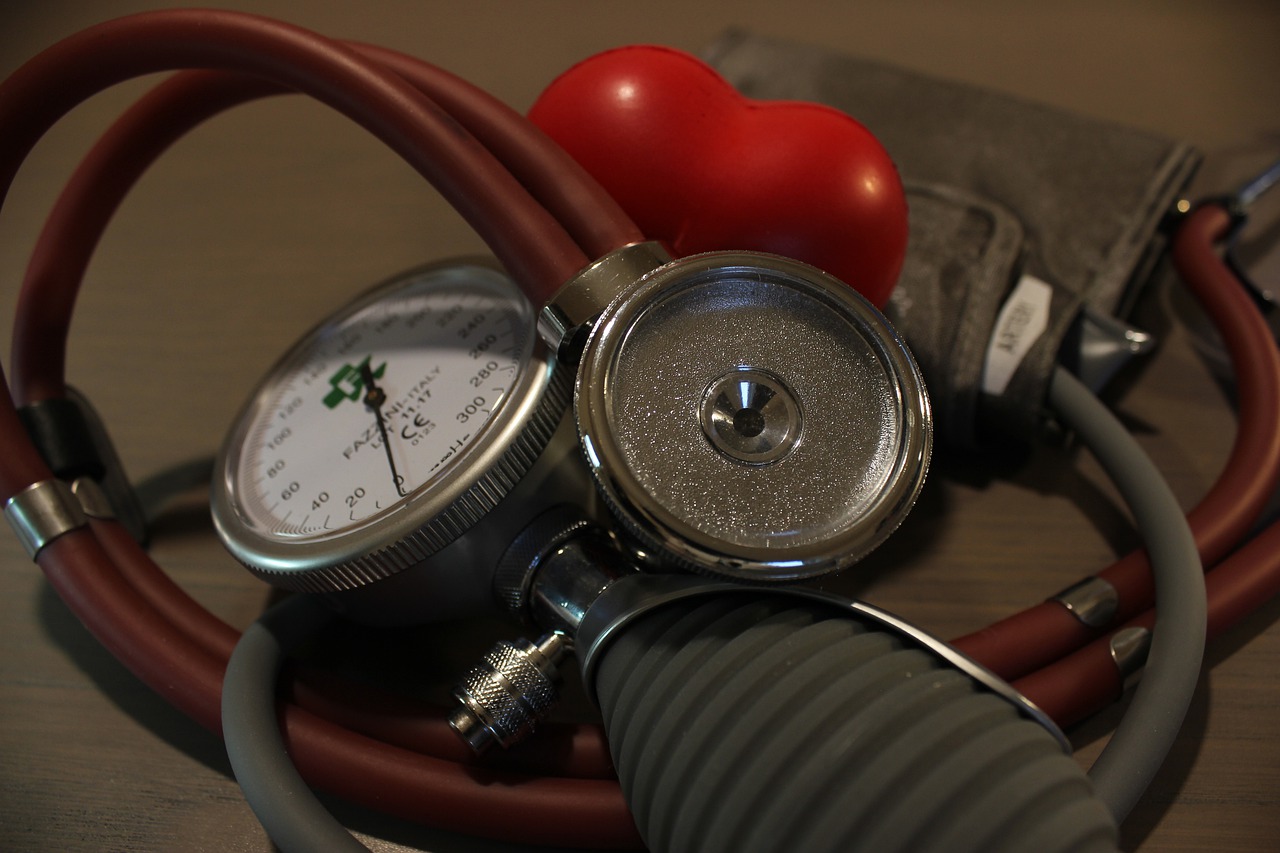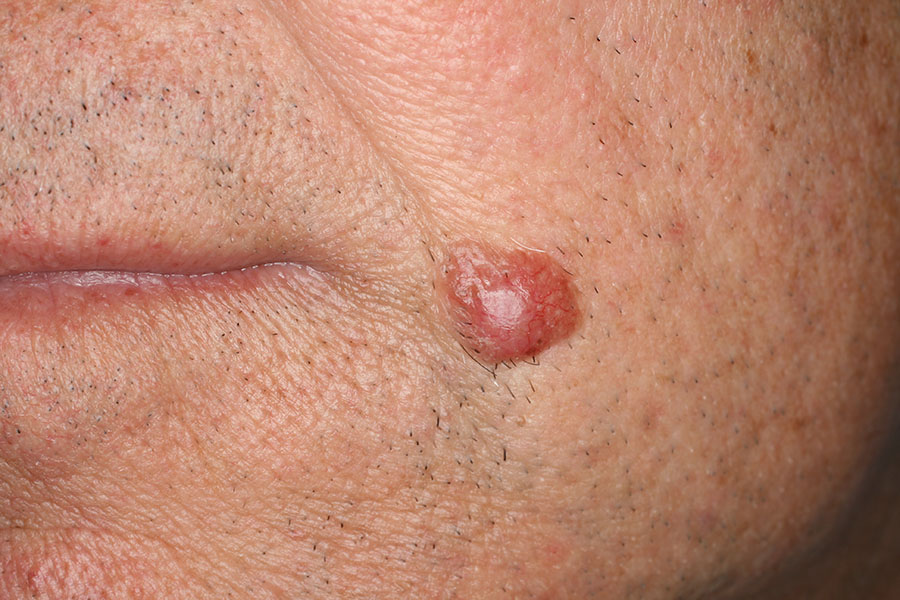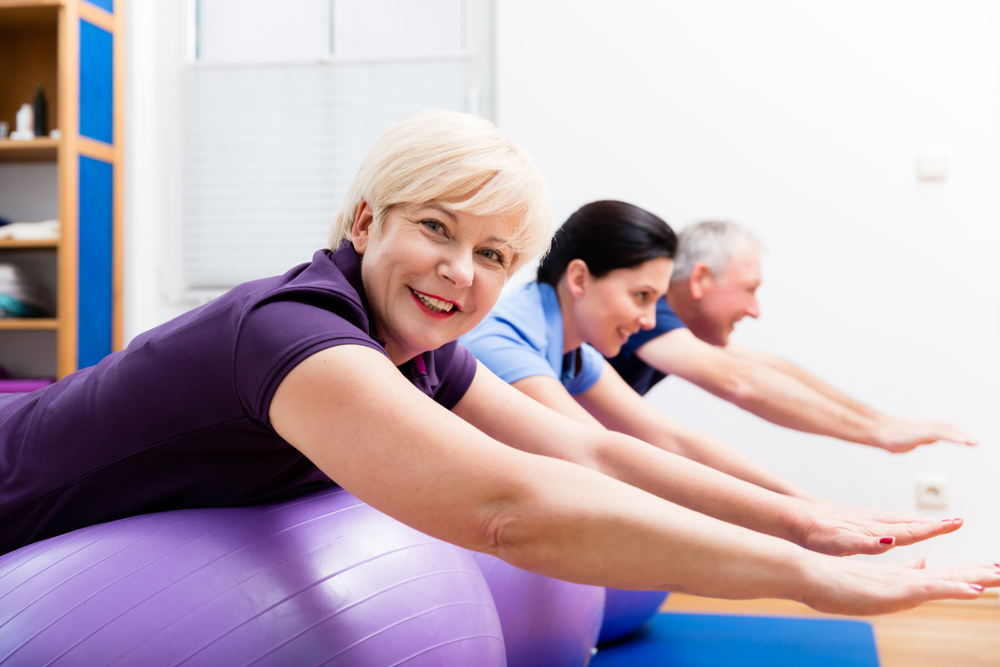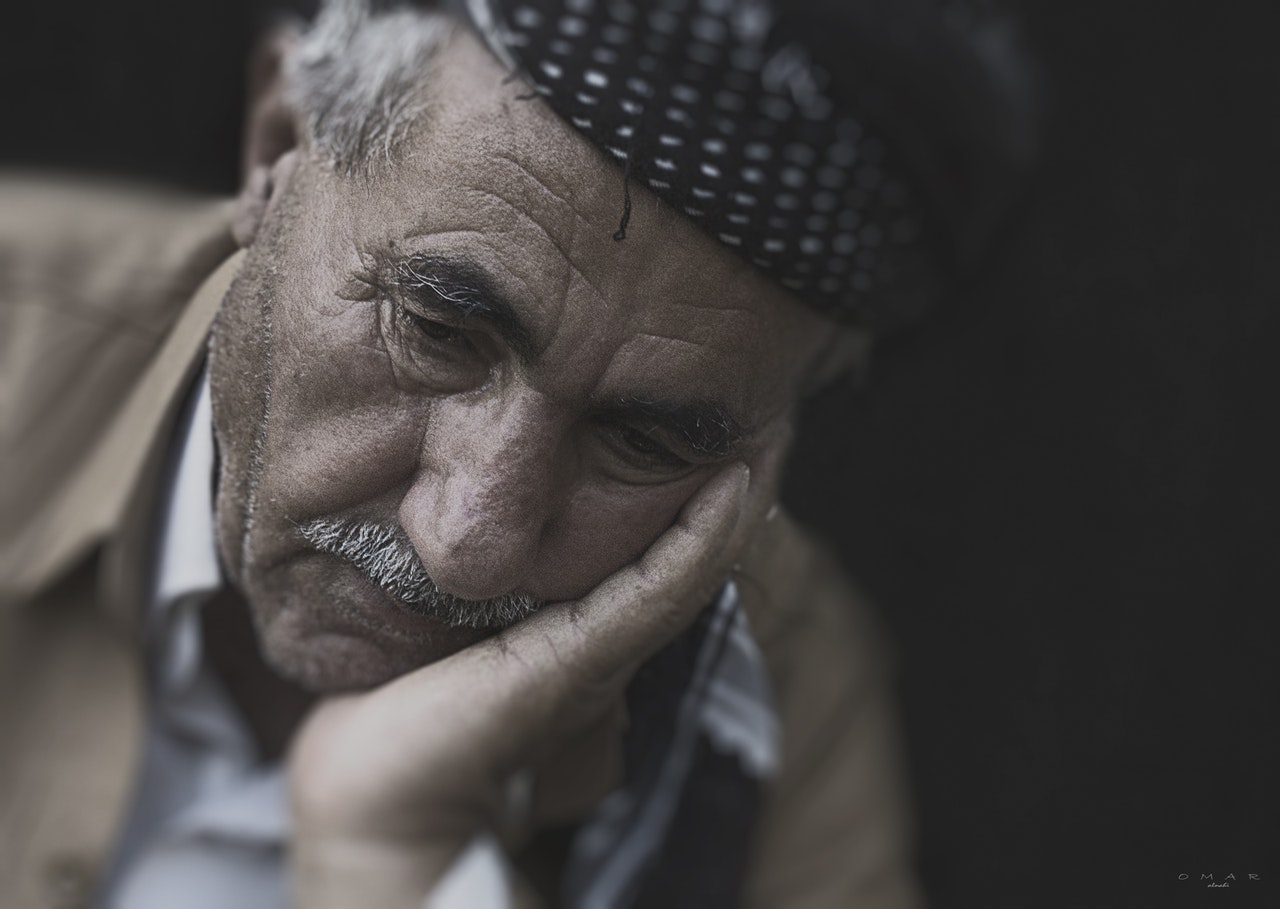Whether practicing in a confined basin or in the sea, apnea should never be done alone. It is necessary to always have a buddy and with them well define the dive plan and the signals with which to communicate.
It is also important that both or all participants in a training session know all the options for resolving any emergencies and problems that may arise. It is basic that both companions have more or less equal training or are about to tackle apneas within the reach of the one who is less good.
During static apneas, there must, therefore, always be an assistant nearby, who, at previously fixed intervals, will give us gentle jabs in an agreed-upon body part, and the apneist will generally respond by moving a finger slightly, to signal that he or she is okay. In dynamic freediving, the partner follows the freediver to the surface of the water, carrying a board for him to rest on in case of an emergency or exit away from the poolside. In deep apnea, it is critical that the assisting buddy should know at what altitude his buddy is about to descend and in what time frame he plans to complete his dive. Depending on the depth and duration of this, a time will be given to start and wait underwater while the athlete is ascending: accompanying the diver in the last 15 to 10 meters is most important, as these are often the most challenging meters and in which the unexpected is just around the corner, again because of that argument that the lungs suddenly exhale(Boyle’s law) and it is as if just as suddenly you feel air hunger.





Power supply:
It is a good idea never to go freediving on an empty stomach, especially if you spend many hours in the sea. One could opt for a protein dinner the night before a training session and have a light carbohydrate breakfast the morning of the sea outing, letting a couple of hours pass before diving. If you are going fishing it is good to drink, every now and then, since in water you lose a lot of fluids through urine, which is greatly stimulated by blood shift. A diet rich in fruits and vegetables that oxygenates our bodies and keeps them well hydrated is important. Antioxidants such as vitamin E and C can be taken and coffee, chocolate, carbonated drinks, sweets and alcohol avoided .
Training:
We could divide a freediver’s training season into three phases each, roughly three months long.
The first phase consists mainly of cardiovascular activity, running, swimming, biking, to get fit after a period of downtime and tone the heart muscle. We could then continue by incorporating muscle strengthening, especially of the lower limbs, and start using, in the pool, regular snorkel fins for surface swimming. After that, you start incorporating apnea and making tables of dynamics and stop-and-go, that is, of static combined with dynamics. Occasionally we might devote days to training only static, with pyramidal tables of increasing apnea time, with fixed or variable decreasing recovery.
All of the above must be accompanied by care of breathing and relaxation, as well as careful stretching of the rib cage and diaphragm.
As the beautiful season arrives, we are thus ready to enter the water and test our ability by approaching the depths, confident of how much we have put into our physical and mental training and new perception of ourselves and our abilities.
by Mariafelicia Carraturo
www.feliciacarraturo.it




